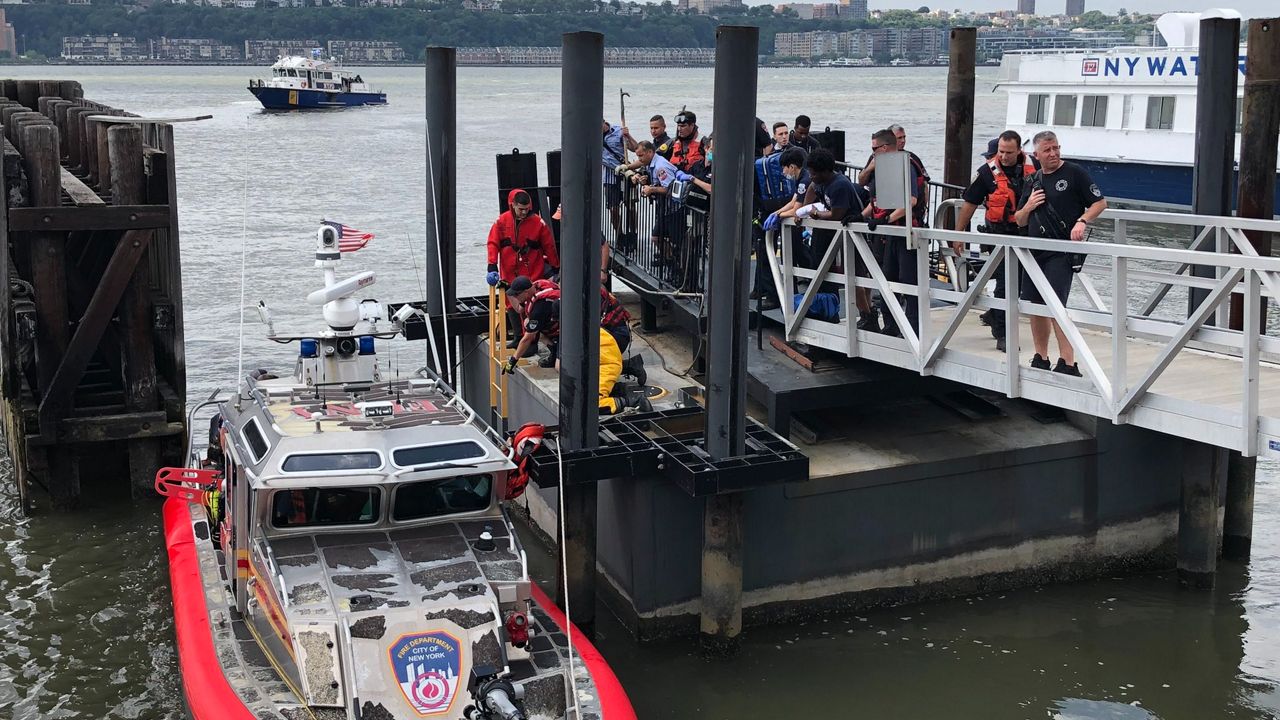JAKARTA – The mystery of the origin of the asteroid Kamo’oalewa is still a question for some scientists.
Little information is known to scientists regarding this asteroid, limited to this celestial body discovered in 2016, and astronomers know that it has a relatively close orbit to Earth.
READ ALSO:Lots of Discussion, Here’s the attitude of the Perindo Party on the KIA Bill
Recent research, however, has added a clue to the mystery of its emergence: this asteroid could be part of Earth’s moon.
“It doesn’t look like what we think it is, if it’s just a ‘normal’ asteroid,” said Benjamin Sharkey, an astronomer at the University of Arizona and lead author of the new study published in the journal Nature. 2022).
Meanwhile, his colleague Juan Sanchez, who also took part in the study, told the BBC: “Maybe this asteroid was ejected by a collision between the Moon and a meteor. The material probably came from fragments of the Moon’s surface.”
While the only way to know Kamo`oalewa naturally is, of course, by obtaining a sample, something that has been possible in recent years, researchers have a number of reasons to believe the theory is correct.
READ ALSO:The Latest Portrait of Marshanda, which was horrendous, is reported to have disappeared
The beginning of the discovery of Kamo’oalewa
A ‘pseudo satellite’ Kamo’oalewa (formerly known as 2016 HO3) was discovered in 2016 through the Pan-STARRS 1 telescope located in Hawaii, United States.
The researchers gave it the Hawaiian name ‘Kamo’oalewa’ which means “regularly moving fragment of the sky”
It is approximately 40 meters long, and is technically considered a ‘pseudo satellite’ rather than a ‘moon’.
“A quasi-satellite on Earth is an object that orbits at a distance that is almost the same or similar to Earth. Thus, the object remains close to our planet when it orbits the Sun,” explains Sanchez.
Unlike the Moon, Kamo’oalewa does not orbit the Earth, but the Sun, in parallel paths. So, if our planet disappears, this asteroid continues to orbit.
Scientists have so far detected five quasi-satellites, but only Kamo’oalewa has been practically studied.
“Kamo’oalewa is easier to observe than any other quasi-satellite we know of. Once a year, during April, the vision of this celestial body is quite clear, so it can be observed with a large telescope from Earth,” said Sanchez.
While others, less visible, and can not be analyzed.
Contains metallic minerals
During these observations, astronomers discovered that the asteroid was an unusually red color, indicating the presence of metallic minerals.
“In simple terms, what we’re basically doing in this study is how sunlight reflects off the surface of the object, and trying to determine what it’s made of. What we found was that this object is made of silicate minerals,” Sanchez said.
“And what caught our attention is that it is closer to the surface of the Moon than the closest asteroids to Earth that have been studied,” he continued.
The scientists also concluded that the only known similar rocks were samples brought back from the Apollo Missions in the 1970s.
“And this caught our attention, because this asteroid was tested for the first time for something like this. And the fact that we were observing a quasi-Earth satellite, an object orbiting the Sun, very close to Earth, led us to suspect that this object came from the surface of the Moon. ,” said Sanchez.
Another theory suggests that Kamo’oalewa could be part of what is known as a Near-Earth Object, or “Trojan asteroid”, whose material neither comes from Earth nor the Moon.
READ ALSO:Gaia’s Ambitious Project, Which Wants to Map the Milky Way Galaxy to Record Star Earthquakes
But the experts from this new study consider that the research data obtained have “supported” their theory.
“We’re not 100% sure, and we can’t rule out that the object is part of the closest asteroid group to Earth. But the only way is to get a sample of the object, to be sure,” Sanchez explained.
Driven by China
If the Chinese plan goes ahead, this decade Beijing will launch a robotic mission that will land on Kamo’oalewa and a comet, to obtain samples.
At that time, it can be ascertained whether Kamoʻoalewa is a fragment of the Moon, or not.
–
–


